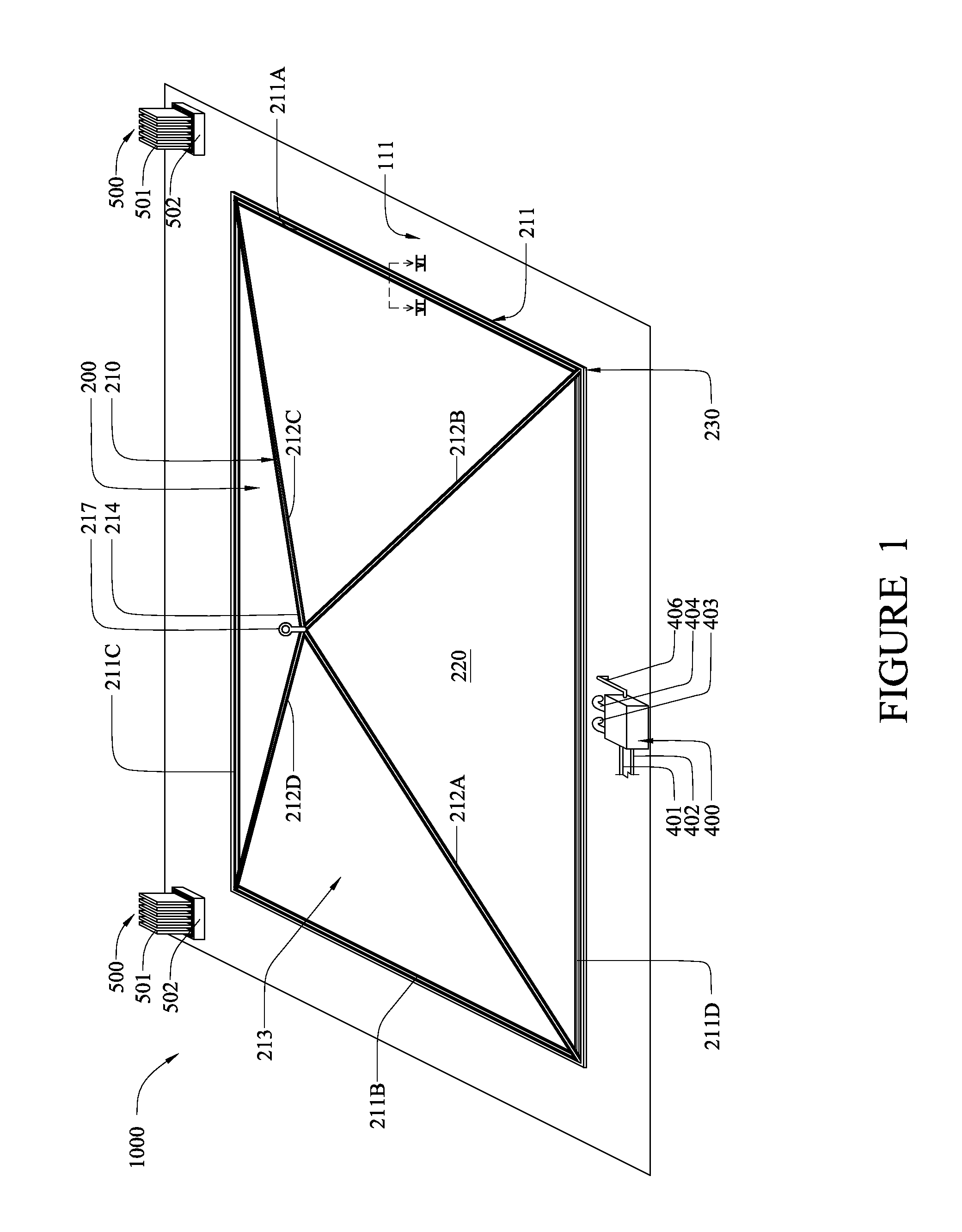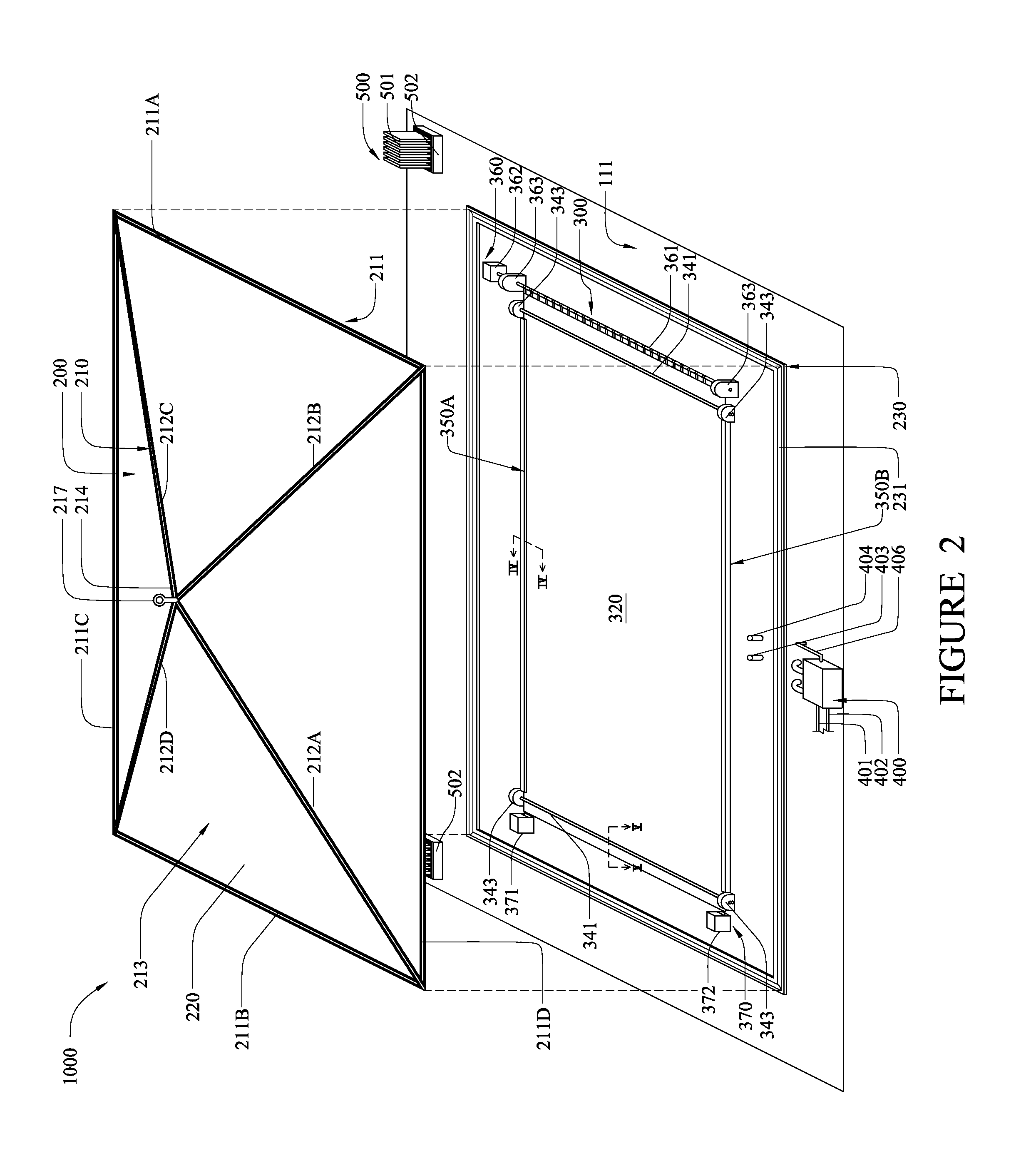Systems and method for reducing tritium migration
a technology of tritium migration and system, applied in nuclear engineering, nuclear elements, greenhouse gas reduction, etc., can solve the problems of large amount of tritiated water affecting a large amount of ground water, tritium can be a radiation hazard, and tritium does represent a personnel and environmental radiological hazard, so as to reduce reduce the amount of moisture enriched air, and reduce the effect of reducing the mitigation of tritium
- Summary
- Abstract
- Description
- Claims
- Application Information
AI Technical Summary
Benefits of technology
Problems solved by technology
Method used
Image
Examples
Embodiment Construction
[0024]It has been discovered by the present inventor that one of the primary mechanisms by which tritium is transferred from the interior coolant system to the internal atmosphere of the containment structure and, hence, to the external atmosphere, may be through evaporative losses of the body of tritiated water of the spent nuclear fuel pool. Evaporative loss within the spent nuclear fuel pool increases with a greater difference between the pool saturation vapor pressure and the vapor pressure of the internal chamber of the containment structure at room temperature. The water of the spent nuclear fuel pool is heated by the decay heat generated by the spent nuclear fuel. While variable, the heating load in the spent nuclear fuel pool is substantial and further drives evaporative loss.
[0025]When the body of tritiated water of the spent nuclear fuel pool evaporates, it takes the tritium with it, thereby carrying tritium (in the form of tritiated water vapor) into the atmosphere. Once ...
PUM
 Login to View More
Login to View More Abstract
Description
Claims
Application Information
 Login to View More
Login to View More - R&D
- Intellectual Property
- Life Sciences
- Materials
- Tech Scout
- Unparalleled Data Quality
- Higher Quality Content
- 60% Fewer Hallucinations
Browse by: Latest US Patents, China's latest patents, Technical Efficacy Thesaurus, Application Domain, Technology Topic, Popular Technical Reports.
© 2025 PatSnap. All rights reserved.Legal|Privacy policy|Modern Slavery Act Transparency Statement|Sitemap|About US| Contact US: help@patsnap.com



